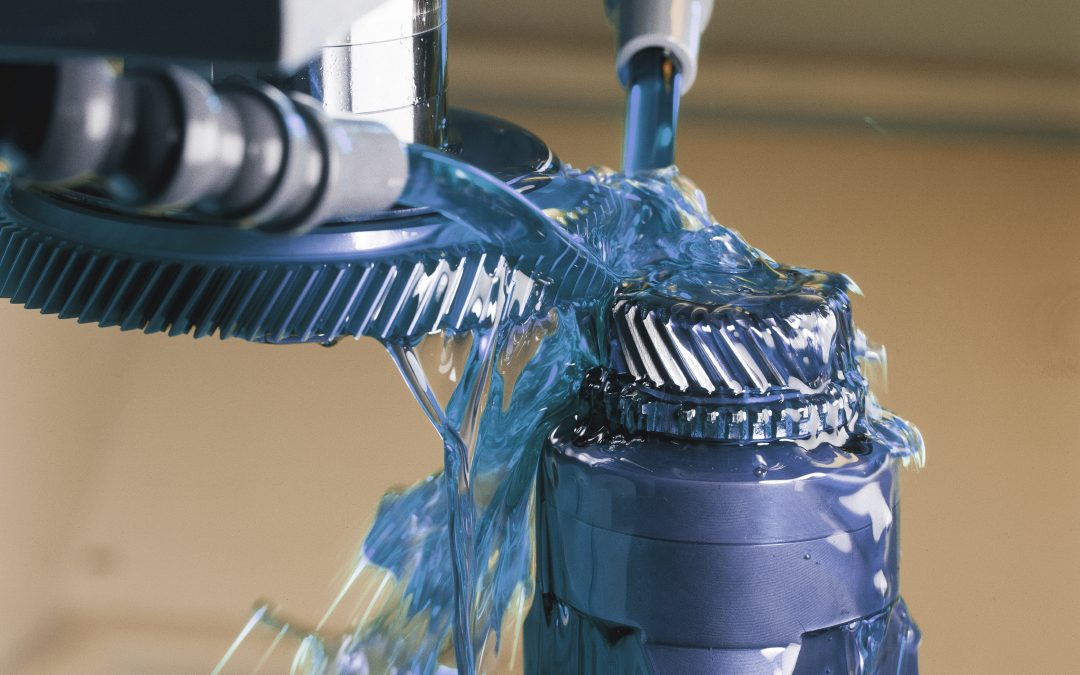Metalworking machines are impressive. Physically, they dominate every shop space and draw attention during tours. Over time, they become almost like an extension of the talented people operating them.
Understandably, cutting tools and manufacturing materials are considered the two highest priorities of any machining operation — and that’s reflected in their position in the budget. Unfortunately, coolant is often considered an afterthought, and many operators prefer to use what they’ve always used in the past. This blind spot may cost your operation in terms of productivity, material use, and profit.
Cutting fluids are the only materials that touch every part of a project, from the machines to the metal being manufactured. It changes the experience the machinist has during a project and can even impact the environment of the shop if it produces vapor or smoke during use.
The right coolant can protect worker health, lower costs, improve productivity, and even extend the lifespan of the tools and machines that are the focal point of every metal shop.
Here’s how to choose the right metalworking fluid for your application:
Know the Needs of Your Operation
Every metal shop has unique operational goals and challenges. Owning what those are will be key when choosing the right coolants.
Most important is considering the type of material you’re working with regularly.
Just as the manufacturers of your work materials will have recommendations on the cutting tools that should be used to machine their metals, they will also outline types of cutting fluids that should be used to avoid chemical reactions between the coolant and the metal. Similarly, many equipment manufacturers will also outline the qualities of the fluids that work best with their machines. Take this into account as well.
If your machines have to meet the demands of manufacturing metal components for the energy sector day in and day out, it would make sense to invest in a specialized coolant like TRIM® E850, which offers unparalleled lubricity while machining premium high chrome or nickel content connectors.
If your operation constantly has to adapt to a wide array of work materials, it would be smart to select a more versatile cutting fluid like TRIM® MicroSol® 590XT, an environmentally-friendly semisynthetic, microemulsion coolant that has a wide-array of applications, but is also formulated to pass aerospace approval test requirements.
Know What You Want to Improve
The right cutting fluid can make a world of a difference in how easy a material is to machine, as well as the overall environment of your shop.
If your machines are constantly dirty due to residue build up from your current coolant, it might make sense to upgrade to a product like TRIM® MicroSol® 690XT, which is specifically designed to extend tool and sump life and lower maintenance costs over time.
Smoke and oil mist can make the shop environment incredibly unpleasant and actually impact worker health. If this is a problem in your current operation, you might consider coolants like TRIM® MicroSol® 692XT or TRIM® MicroSol® 606, both of which are formulated to reject tramp oil to cut down on smoke and mist production. Investing in a tramp oil removal system may also be recommended.
Factor in the Environment
Mitigating harm to the environment is becoming increasingly important in the manufacturing industry. Many of the innovations in cutting fluid over the past decade have produced products that perform as well as or better than their petroleum-based and synthetic counterparts — and at comparable cost. They also reduce environmental waste by being made with naturally derived ingredients from renewable sources.
Master Fluid Solutions’ TRIM® HyperSolTM 888NXT was recently awarded with a USDA BioPreferred designation, with a biobased content of 54 percent.
Cutting fluids are often viewed in the industry as a commodity, but with the impact they can have on machine performance, productivity, and the environment of the shop, it might be more appropriate to view coolants as a tool, too.
Prioritizing metalworking fluid choice alongside equipment and work material is a strategy that operations of every type can use to reduce costs and extend tool life.
Need help choosing the right metalworking fluid for your application? Call +1 800-537-3365 or email us at [email protected].

